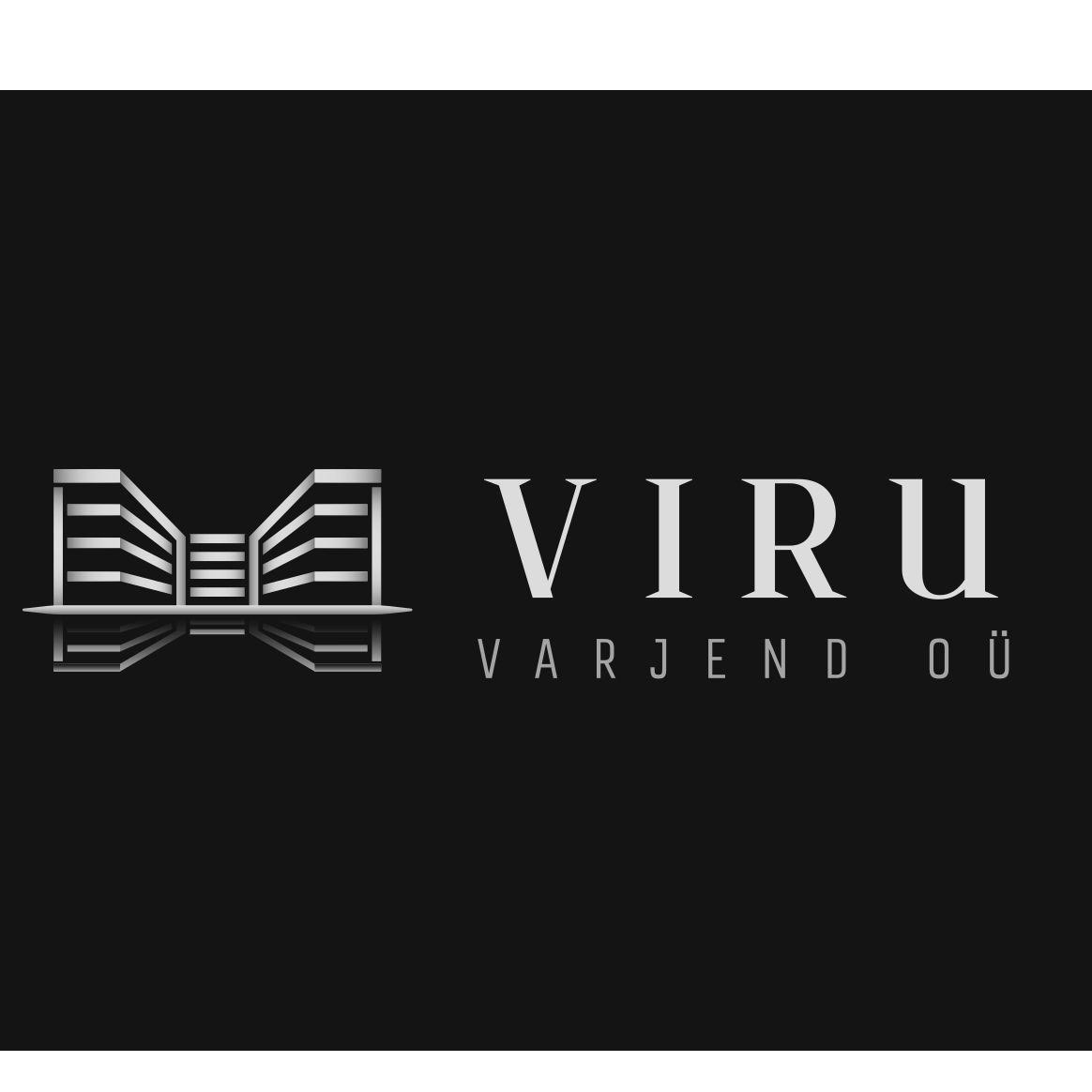Top 5 features of a modern safe shelter
In an ever-changing world, the need for secure and reliable safe shelters has become paramount. Whether it's natural disasters, security threats, or unforeseen emergencies, having a modern safe shelter equipped with the latest features can make all the difference. For property developers, building managers, and homeowners, understanding these features is crucial to ensuring the safety and preparedness of their properties.
Feature 1: Advanced Structural Integrity
The foundation of any modern safe shelter is its structural integrity. Utilizing advanced materials such as reinforced concrete, steel, and innovative composites ensures that the shelter can withstand significant stress and pressure. The design should incorporate architectural principles that enhance durability and stability, providing a robust defense against external forces.
Modern safe shelters are engineered to resist natural calamities like earthquakes and storms. This involves integrating shock-absorbing technologies and aerodynamic designs that minimize wind resistance. These features are essential for urban areas prone to such events, offering peace of mind to property owners.
Feature 2: State-of-the-Art Security Systems
Security is a top priority in any safe shelter. Incorporating state-of-the-art surveillance systems, including high-definition cameras and motion detectors, ensures continuous monitoring of the premises. These systems can be integrated with smart technology, allowing remote access and real-time alerts to property managers and homeowners.
Modern shelters employ advanced access control systems, such as biometric scanners and keycard entry, to restrict unauthorized access. These systems are crucial in maintaining the integrity of the shelter and ensuring that only authorized individuals can enter during emergencies.
Feature 3: Comprehensive Emergency Supplies and Equipment
A well-equipped safe shelter must have adequate provisions for sustenance. This includes long-term food storage solutions and water purification systems that can sustain occupants for extended periods. These supplies are essential for survival during prolonged emergencies.
Having comprehensive medical and survival kits is vital. These kits should include first-aid supplies, medications, and essential survival tools. Regular updates and checks are necessary to ensure that all items are in good condition and ready for use.
Feature 4: Sustainable and Self-Sufficient Systems
Modern shelters are increasingly incorporating renewable energy sources such as solar panels and wind turbines. These systems provide a sustainable power supply, reducing reliance on external electricity sources and ensuring that the shelter remains operational during power outages.
Effective water and waste management systems are crucial for maintaining hygiene and health. This includes rainwater harvesting systems and composting toilets, which help manage resources efficiently and reduce environmental impact.
Feature 5: Communication and Connectivity
Reliable communication is essential during emergencies. Modern shelters are equipped with emergency communication systems, including satellite phones and radio transmitters, ensuring that occupants can stay connected with the outside world and receive critical updates.
Maintaining internet and network access is vital for information and coordination. Modern shelters often include robust network infrastructure to support internet connectivity, allowing occupants to access information and communicate effectively during crises.






Comments (0)